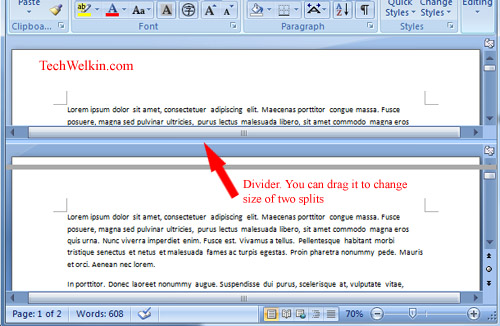

Each file is opened in turn, formatted (with your supplied formatting commands) and then saved again. All you need to do is display the folder whose files you want to process, and then click on Open. When you run the macro, you will see a regular Open dialog box. You can copy these commands from a macro where you recorded the formatting steps, if desired. To use the macro, you need to replace the "Do formatting here" comment with the actual commands that do the formatting you want done to each file. The framework for such a macro is as follows:Ī FileName:=JNameĪctiveDocument.Close SaveChanges:=wdSaveChanges These need to be either updated manually on a document-by-document basis, or done as a whole through the use of a macro. Thus, things like paper size, margins, header and footer locations, and orientation are not affected. The other thing that is not updated when you attach a new template is information contained in the Page Setup dialog box. You will still need to go through the document and manually apply the styles from the newly attached template. If the document does not utilize styles, or if the character formatting in the document has been explicitly overridden (in other words, the user selected text and used the Font dialog box or toolbars to format text), then attaching the template to the document will have no appreciable effect on the text. There are a couple of big caveats to this, of course. For instance, if there is a Body Text format in both the document and the template, the style definitions in the template will override those in the document, thereby standardizing the appearance of the document. What does this mean? It means that the appearance of anything formatted with styles in the current document will be updated to reflect styles with the same names in the template. These few simple steps apply the formatting in the template to the open document.
#Why do multiple word documents open update


 0 kommentar(er)
0 kommentar(er)
